44 flower-growing stunts are necessary for people who grow flowers!
Grow flowers
As the saying goes, "everything in the world is learned." Learn more flower-growing stunts, or it can help you raise flowers better. Let's take a look at them.

1. Choose the right plants
Family planting and cultivation of flowers, generally based on potted plants. Choose healthy flowers and plants, pack them, and carefully transport them home. Be careful not to plant too much, 10-15 pots are suitable. The selected flowers had better be foliage flowers, flowering flowers, fruit flowers, fragrant flowers, ornamental flowers and so on, so that the varieties will be rich and diverse.
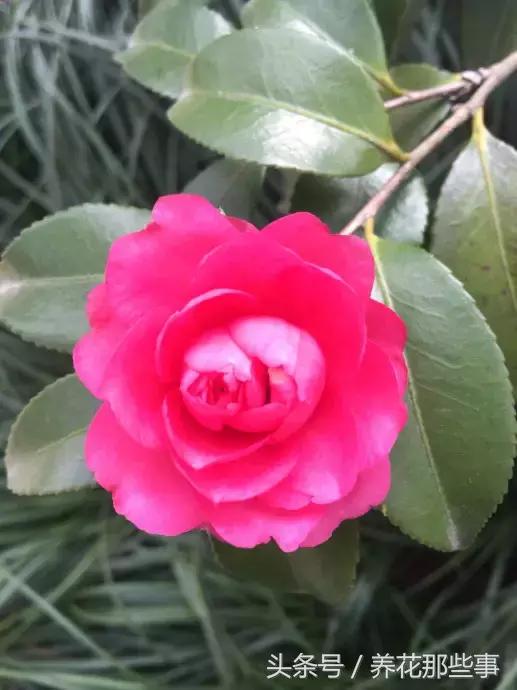
2. Check carefully
If you buy a potted plant, check whether there is any pine between the bottom of the plant (where the plant is close to the soil) and the soil. If so, you can tap the outer edge of the basin, or adjust the soil gap by hand. Because the loosening of the root base causes water loss, it also gives the disease a chance to invade the health of the root or lower stem branches.

3. Choose the right position
According to the characteristics and needs of plants, choose full sunshine on the balcony, half-day sunshine by the window, or indoor lighting environment for more than eight hours. After taking the potted plant home, you must observe its growth in the first week or two and judge whether it is in the right position.
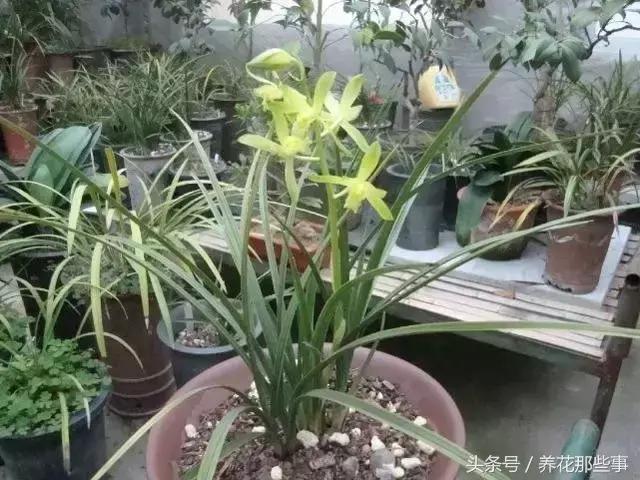
4. Fertilizing to see the florescence
Fertilization should first find out the length of the flowering period and the dormant period of the plant. For example, if the flowering period is only once a year and the flowering period is short, there is no need to apply flower fertilizer after the potted plant is bought, but only once a season; if it is a plant that blossoms throughout the year, a long flowering period or a large number of flowers at a time, it is necessary to apply liquid fertilizer once every two weeks and apply long-acting fertilizer once a season.
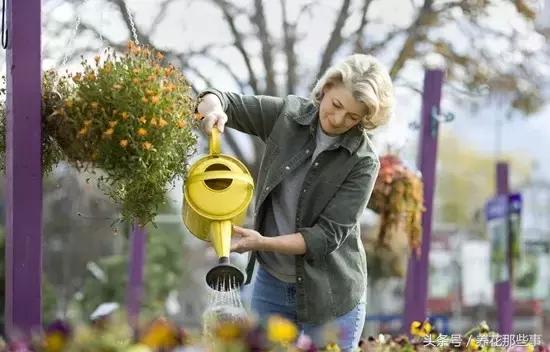
5. Avoid flowers when watering
Before watering, it is necessary to weigh the weight of the pot by hand, and then judge whether it needs watering. If the plant collapses, it must be lack of water. When taking care of flowering plants, please first poke the leaves with your hands to avoid flowers, as long as watering the soil.
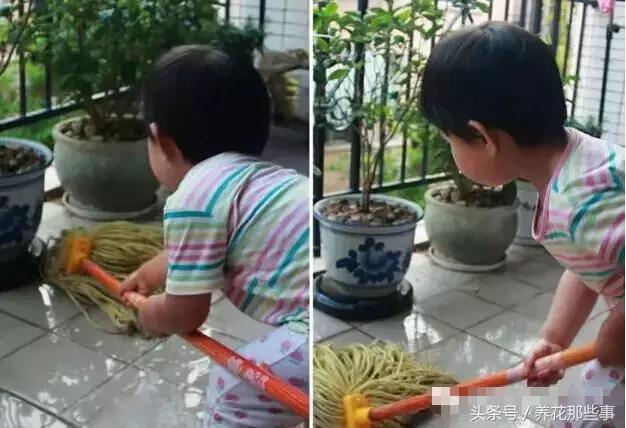
6. Reproduction depends on the season
The growth of plants is affected by natural temperature, which can be divided into cold tolerance and drought tolerance according to its primary environment, so it is very important to choose the right time to reproduce. Plants usually bloom when the climate changes from hot to cold or from cold to hot, when the focus of plant growth is in flowering. Even if cutting propagation is barely carried out, the rooting rate will be slower and the success rate will be reduced. It is suggested that cold-tolerant plants should reproduce before the beginning of summer, while drought-tolerant plants are better in late winter and early spring.
7. The residual flowers should be sorted out.
During flowering, if you follow the principle of pruning residual flowers and continue to fertilize them, there is still a good chance of new flowering stems at the bottom of the plant. In addition, not all residual flowers or dead leaves are pruned with scissors, some plant stems and branches are more moisture, suitable for extraction, with leaf stems or petioles removed together, such as cyclamen, African pansy and so on.
8. Pay attention to diseases and insect pests
Usually pay attention to the condition of leaves or flowers, if there are black spots, white powder and so on, and check whether there are pests on the leaves. It can be eliminated with marketed insecticide or homemade insecticidal water. In addition, attention should be paid to avoid stagnant water in the roots, maintain environmental ventilation and prevent the occurrence of diseases.
9. Coconut shell flowerpot
Open the coconut, dig up the coconut, and put a few permeable holes in the bottom of the coconut shell to plant flowers.
10. Cloth bag flowerpot
There are things in the sack at home, do not throw, fill the soil, can also be used to grow flowers, this thick rural style, is not a different flavor.
11. Sand cuttage
Are cuttings always rotting? You can try to use sand cuttings to take root quickly and well!
twelve。 Toilet paper drum
What if you want to sow seeds without a nursery box? After using the toilet paper tube, it can be solved!
13. Bucket flowerpot
The mineral water bucket bought by the supermarket is cut into a flowerpot.
14. Basketball flowerpot
Children play bad basketball, cut in half is two flowerpots, make a hole in the bottom, hang it more beautiful.
15. Beer watering flowers
The leaves are dull? You can try to dilute the beer 10 times with water, then wipe the leaves with water with a soft towel to cover your leaves very green.
16. Bulb hydroponic culture
The broken light bulb at home is used as a hydroponic container, isn't it?
17. Plastic bottles take root
Put the plastic bottle with water, and then put the cutting branches into the plastic bottle, the branches can take root quickly.
18. Red wine cork
Use a knife to dig a hole in the red wine cork, plant small plants, and the mini pot will come out.
19. Red wine wooden box
Don't throw away the red wine wooden box. It is convenient and practical to plant flowers and vegetables.
20. Waste water flowers
Usually, the rice water, fish water and expired milk at home can be used to water the flowers after fermentation, without even applying fertilizer.
21. Self-made soil
The rotten vegetable leaves in the kitchen are better to ferment with soil, which is better than the soil bought.
twenty-two。 Free pine needle soil
The common pine needle soil in the field is acidic, which is very suitable for cultivating rhododendron, camellias and other acid-loving soils.
23. Potted vegetables
Leftover radish roots, cabbage, sweet potatoes, taro and kohlrabi bought in the vegetable market look better than the flowers they buy.
24. Potted fruit
Eat the seeds spit out from the fruit, plant them in small flowerpots and turn them into cute little potted plants.
25. Foam cuttage
The branches to be cut are fixed with foam, and the cuttings are exposed two centimeters of foam and put on the surface of the water, which can quickly take root in hydroponics.
twenty-six。 Wine bottle flowerpot
After drinking the wine bottle, you can simply deal with it and plant flowers. Transparent glass has a different kind of beauty.
twenty-seven。 Iron pipe flowerpot
The small iron cans and buckets discarded at home are used to make flowerpots, which are more fashionable, aren't they?
twenty-eight。 Self-made insecticide
Mash garlic into garlic paste, then dilute it with water, take filtrate and spray it on the plant, which can effectively control red spider aphids.
twenty-nine。 Newspaper seedling box
If you have a newspaper at home, you can simply make a seedling box. After the seeds germinate, you can plant the seeds and the newspaper in the flowerpot together.
thirty。 Root pruning
When the magnolia changes the pot, trim off the old rotten roots, which can make the plants grow stronger.
thirty-one。 Bagging and moisturizing
When the air is dry, the plants can be covered with plastic bags to form a small moist environment.
thirty-two。 Fresh-keeping film moisturizing
When sowing, if there is no nursery box, we can also cover the flowerpot with cling film to play a good moisturizing effect.
thirty-three。 Foam box greenhouse
A bubble box can make a greenhouse, and a small flower shed is as simple as that.
thirty-four。 Beans are used as fertilizer
Rotten beans at home can be buried at the bottom of the flowerpot to promote root growth and leaf thickness.
thirty-five。 Bone fertilizer
Bone is a very good phosphate fertilizer. After the bone is broken and mixed with the garden soil, it can provide rich phosphate fertilizer for plants.
thirty-six。 Fruit shell cushion basin bottom
Peanut shell, walnut shell, chestnut shell, smashed to the bottom of the flowerpot, can have a good water permeability.
thirty-seven。 The branches are labeled.
Pick up the branches outside, remove the bark with a peeling knife, write the name of the plant planted on it, and the free label will be made.
38. Seed dressing with food oil
Slowly germinating seeds such as orchid, asparagus, peony, peony, Jiuli incense, hundred-day red, and Daphne can be soaked in warm water of about 35 degrees for 24 hours, then the flower seeds can be removed and drained, mixed with some clean soybean oil and rapeseed oil, and the seeds can be sown according to the usual method. Vegetable oil can make the seeds which are not easy to germinate emerge 20 days ahead of time, improve the germination rate, and ensure the seedling to thrive.
40. Potato cuttings
This method is suitable for cutting plants such as poinsettia, rose, rose and so on. Potatoes can create a humid environment for cuttings and help them take root and grow. Specific practice: remove all the excess leaves and stems of the cuttings, dig holes in the middle of the potatoes, and then insert the stems of the cuttings to the depth of 2 to 3 of the potatoes. Then put the potatoes in a moist outdoor soil or a flowerpot with the right capacity, and after the cuttings grow new buds, they can be watered properly to allow them to grow.
41. Orange peel deodorization
When retting into organic fertilizer, it often gives off an unpleasant smell. At this time, put a few pieces of orange peel (both dry and fresh) in the retting fertilizer container to reduce the smell. Because orange peel contains a lot of essential oil, the fragrance can be volatilized continuously with the fermentation process of fertilizer, which can reduce the odor and increase the fertilizer effect.
42. Sulfur powder to treat rotten roots
Flowers are prone to rotting roots, and it is easy to cause dead plants after rotting roots, so sulfur powder can be used to treat them. If the gentleman orchid is often rotten because of excessive watering or unclean cultivation, you can knock it out of the basin, remove the culture soil, cut off the rotten roots, rinse the roots with water, hang them for a while, spray sulfur powder while the roots are slightly wet, and then plant them with sterilized culture soil. New roots can grow in about a month. If the roots have all rotted away, they can be planted in plain sand after spraying sulfur powder. Water is often sprayed on the leaves, and after they grow new roots, they are cultured with sterilized culture soil.
43. Shading, cooling and ventilation
1) use a shade net or a straw mat to cover the potted plants into a semi-shaded state, so that the ground forms a shadow, and the purpose of cooling can be achieved.
2) outside the flowerpot, put on a large flowerpot and add something like light stone and ceramsite between the bottom of the big flowerpot and the space between the two flowerpots, which can also play a cooling role.
3) bury the flowers and pots together in the sand, bury them all, and then spray water on the sand every morning and evening. By doing so, we can not only keep the basin soil moist, but also achieve the purpose of cooling with the help of the heat absorption of sand water evaporation.
4) you can also add some mulch to the basin soil to reduce water evaporation and avoid the rise of soil temperature caused by direct sunlight, and it can also isolate the bacteria on the surface of the basin soil. Blue stone and ceramsite can be used. Do not choose bark that is prone to bugs and airtight stones.
5) in order to reduce the temperature, you can spray more water on the ground to take away part of the heat when the water evaporates.
6) when the sun is strong, put the flowerpot in a position where the scattered light is ventilated.
44. Growing flowers in air-conditioned rooms
Open air-conditioned room, the air humidity is low, easy to make flowers and plants appear the phenomenon of withered tip and scorched edge of leaves. When putting flowers in an air-conditioned room, you should stay away from the air outlet; open the window when you are not using the air conditioner so that the flowers can absorb more fresh air.
- Prev
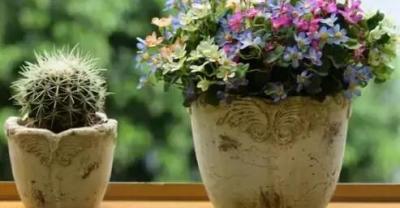
What are the benefits of growing flowers? family taboos on growing flowers.
Growing flowers is actually a kind of fun, but you need to be more responsible if you want to raise flowers well, because flowers are often sensitive to soil, light, moisture, temperature, etc.
- Next
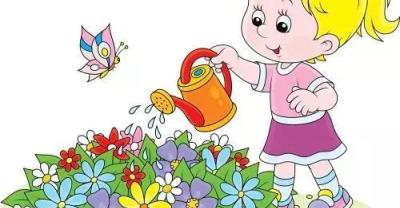
The benefits of growing flowers
1. The benefits of flower cultivation Flower is the essence of nature. With its gorgeous elegant demeanor, it decorates nature with extraordinary beauty and gives people the enjoyment of beauty. Grow flowers.
Related
- What if the leaves of potted flowers turn yellow?
- Florescence Control of several Flowers
- Anti-freezing technology and post-freezing nursing technology of flowers
- What is the classification of flowers? What are the common methods of flower classification?
- Prevention and control of alkali and acid damage of flowers in courtyard
- Technology of Anti-freezing and restoring growth of Flower seedlings in greenhouse and greenhouse
- How does flower fertilization not hurt the root? Fertilization technology of flowers
- Key points of disinfection in flower greenhouse
- Several pesticides that are banned or used cautiously in flowers
- How to fertilize the flowers that watch the leaves?

